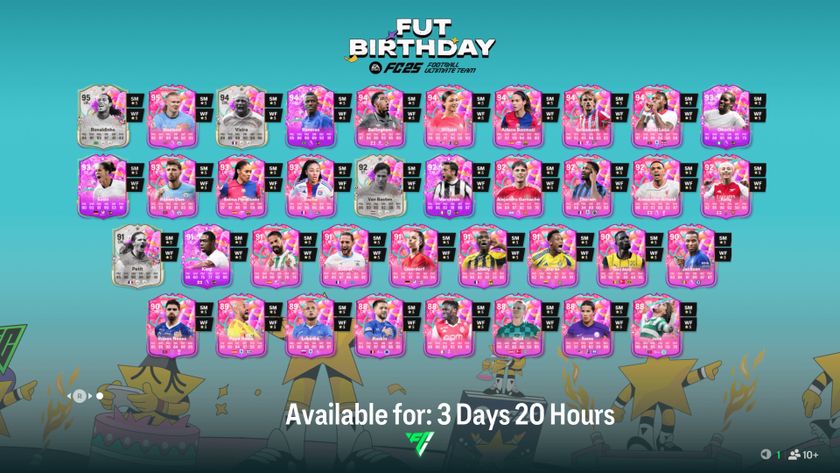Legwork and legacies, day jobs and destinies in Shenmue
Making games is a business: an audience-dissecting, number-crunching business. One of Shenmue’s great victories, despite its drawn-out development and expenses more intimidating than its hero’s fixation with sailors, was that it never felt like the product of stats and suits. It felt like an unflinching, near-suicidal labour of love, and those who didn’t love it right back at least had to respect what it represented. This was Shenmue, and those were the rules.

The Origins
That’s a romanticised view, as Sega would have very much liked the project to rake in stacks of cash – hence Yu Suzuki’s first sleepy concept of The Old Man And The Peach Tree morphing into the much more bankable Virtua Fighter RPG, starring frowny-faced Akira and a high punching-to-talking ratio.
But Suzuki and his AM2 team were set on doing something new and utterly unlike their hooting arcade thrill-rides. Shenmue was built from the ground up to be slow-moving, story-driven and cinematic, and there was no changing the nature of the beast. By the time it hopped from Saturn to Dreamcast and had journalists elbowing each other to see past the new Project Berkley codename, that momentum got it over the finish line. It was four years after the seeds were sown. It was one year into the brief Dreamcast lifespan. And Shenmue was out there doing next-gen open-world gaming like a boss.

The legend
Games on the original PlayStation were a general point of reference for what was possible in 1999. So when Ryo left the Hazuki Dojo where his father had fallen and eased himself into the rhythms of life on the streets of Yokosuka, the industry had to stop to catch its breath.
These three discs held hundreds of fully voiced NPCs going about their business, from love interest Nozomi with her sensible jumper, to roof-pouncing henchman Chai with his dismal dental hygiene. You could fritter away hours in arcades, bars or Tomato Convenience Stores; uncover long-buried secrets, tangle with gangs (Shenmue didn’t coin the Quick Time Event for nothing) and work on your self-defence. Ryo was looking for answers in some dark places, and it was liable to get ugly.
Sign up to the 12DOVE Newsletter
Weekly digests, tales from the communities you love, and more
True, Yokosuka was no Liberty City in terms of scale or freewheeling destruction. But it achieved its aims seamlessly: a second life created with stunning conviction, mundane and yet somehow magnetic. For the kind of gamer who thrives on the details, Shenmue has few equals even today.

The legacy
The box blurb got a bit carried away in claiming it was, “clearly not a game, but an experience.” That said, Shenmue was certainly an eye-opener, its wide world welcoming tourists a full two years before GTA III. In the final act, Ryo couldn’t miss the chance to go on to Hong Kong – not for all the QTE in China – which led to Shenmue II, backed up on Xbox while Sega and the Dreamcast departed the console business arm in arm. Shenmue III, however, remains just a dense internet tangle of heartache and trollbait (though we're still keeping our fingers crossed for news at E3 2015).
Yu Suzuki says he still wants to help Ryo wrap up his beef with sharply-dressed murderer Lan Di. But it’s a tough pitch to publishers since rougher, tougher endeavours such as the Yakuza series and Sleeping Dogs took up the baton for Eastern open worlds, in spectacle if not in spirit. If nothing else, we can always take bittersweet bets on whether Half-Life 3 or Shenmue III will show up first…
Click here for more excellent GamesMaster articles. Or maybe you want to take advantage of some great offers on magazine subscriptions? You can find them here.
















